Under the Microscope – Allison Sherier
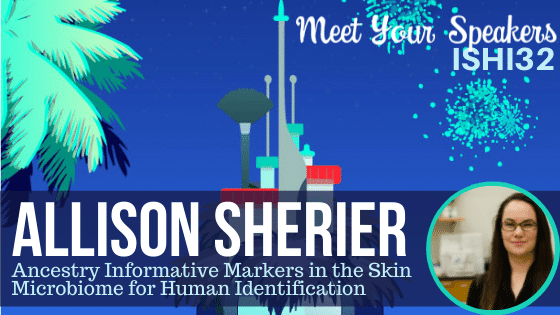
Over the past decade microbial forensics has shifted from solely biosecurity applications to include human identification (HID). Studies have shown that the human skin microbiome could potentially serve as an adjunct to traditional DNA evidence, especially when the human DNA is low quantity. Recently, a custom targeted panel for the human skin microbiome has been […]
Under the Microscope – Jianye Ge
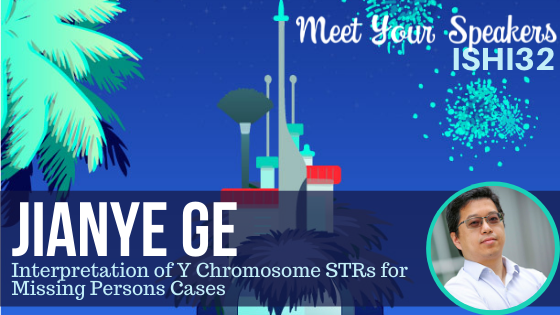
Y chromosome STR haplotypes have been used in assisting forensic investigations primarily for identification and male lineage determination. The Scientific Working Group on DNA Analysis Methods (SWGDAM) Lineage Marker Committee published interpretation guidelines for Y-STR typing, which provide helpful guidance. However, these guidelines do not address the issue of kinship analysis with Y-STR haplotypes. Because […]
Under the Microscope – Rachel Oefelein and Tarah Nieroda

As the world slowly starts to return to business, new challenges are faced by restrictions in the courtrooms. Combining the nerves of regular testimony with personal protective equipment (PPE) on the stand, along with temperature checks, and new check‐in procedures, adds to the stress of everyday testimony. However, many courtrooms are opting for another choice, […]
Under the Microscope – Lies Janssens and Emily Simek
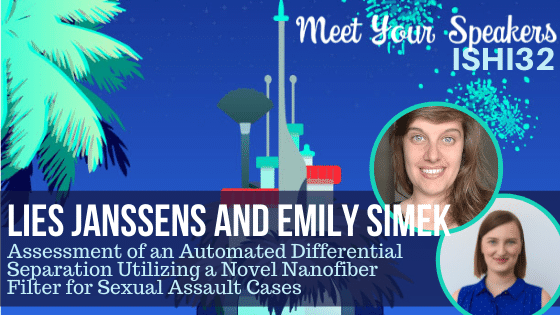
Automated and semi-automated sample processing has become more widespread with the implementation of various robotic platforms. A new robotic application for differential separation of sexual assault samples using a novel nanofiber filter was evaluated for a high-throughput laboratory system. At their presentation this year, Lies Janssens and Emily Simek will be presenting on a […]
Under the Microscope – Elena Zavala
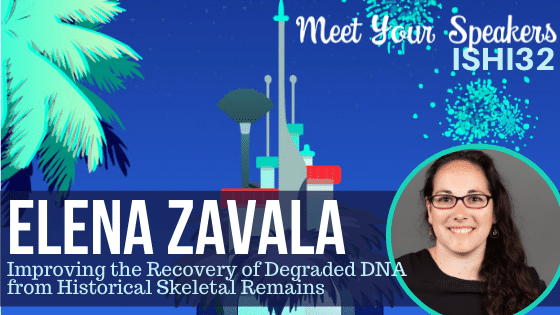
DNA analysis has become an essential component for resolving unidentified human remains, disaster victim identification, and cold cases. Due to the high copy number of mitochondrial DNA (mtDNA) molecules in each cell compared to nuclear DNA, mtDNA is often used in these cases to aid with identification when nuclear DNA recovery fails. The Armed Forces […]
Under the Microscope – Lawrence Wein

The genealogy process is typically the most time-consuming part of – and a limiting factor in the success of – investigative genetic genealogy. In his presentation at ISHI, Lawrence Wein will present a systematic approach to efficiently perform the genealogy portion of investigative genetic genealogy. He and his colleagues have formulated a two-stage mathematical model […]
Under the Microscope – Ed Green
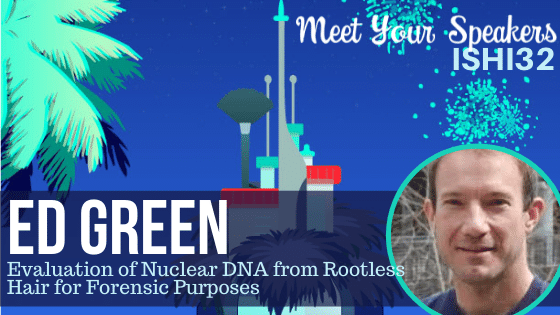
Rootless hair is widely regarded as a poor source for DNA-based forensics. However, rootless hair shafts are known to contain preserved DNA that can be recovered and analyzed even after thousands of years. Ed Green and his partners have developed technology for exploiting the DNA found in rootless hair for forensic applications. In his presentation at […]
The State of DNA Forensics in Latin America
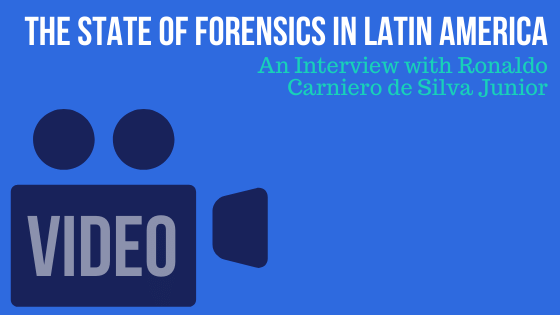
In this interview, Ronaldo Carneiro de Silva Junior, Custodian of the National DNA Database of Brazil, discusses challenges the Latin American region faces around forensic DNA, projects they are currently working on, and how cooperation throughout the region has led to successes. Transcript: Laura: Hello, and welcome to the annual video […]
DNA as an Eyewitness: Phenotyping Applications for Forensic DNA

Like many teenage girls in the 1990s, Dr. Susan Walsh, Associate Professor at IUPUI, was fascinated by Agent Dana Scully’s work as a forensic pathologist on the television series, The X-Files. Recognizing that there was much to be gained in the field of forensics from DNA phenotyping, she wanted to research methodologies that would enable […]

